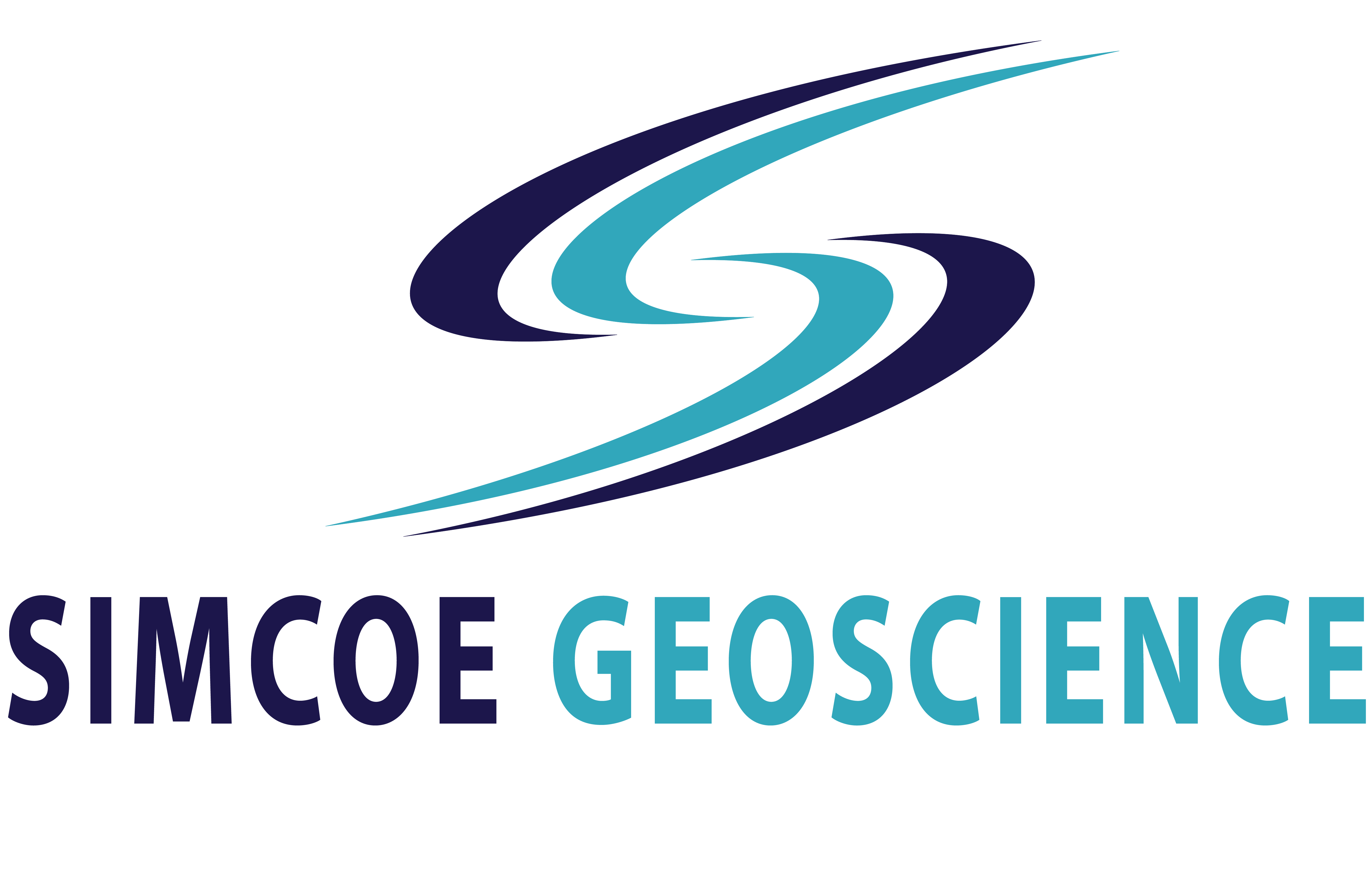Seismic
Applications
Seismic survey, method of investigating subsurface structure, particularly as related to exploration for oil & gas, mineral deposits and geotechnical studies. The technique is based on determinations of the time interval that elapses between the initiation of a seismic wave at a selected shot point and the arrival of reflected or refracted impulses at geophones. Seismic waves are generated using various sources such as hammer, drop weight and dynamite, depending on the survey configuration. Upon arrival at the geophone, the amplitude and timing of waves are recorded to give a seismogram. Reflection and Refraction are the most commonly used seismic techniques. Multichannel Analysis of Surface Waves (MASW) is relatively new addition to the seismic methods and evaluates ground stiffness in 1-D, 2-D, and 3-D formats for various types of geotechnical engineering projects.
Seismic methods determine geological structure and rock velocities by either refracting or reflecting waves off boundaries between rock units with different seismic velocities or impedance, the common applications include:
Technologies
Seismic Solutions
- ABEM Terraloc Pro
